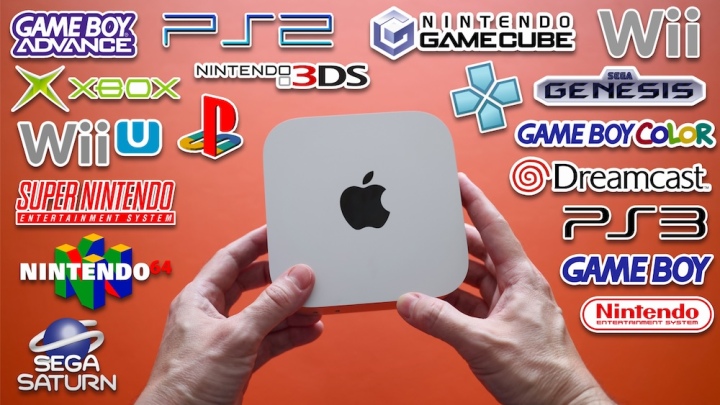
Last updated: 23FEB2025 (see Changelog for details)
In this guide I’ll show you how to get emulation up and running on M-series (Apple silicon) Mac computers (iMac, Mac Mini, and MacBooks).
Continue reading “Emulation on Mac Starter Guide”
Last updated: 23FEB2025 (see Changelog for details)
In this guide I’ll show you how to get emulation up and running on M-series (Apple silicon) Mac computers (iMac, Mac Mini, and MacBooks).
Continue reading “Emulation on Mac Starter Guide”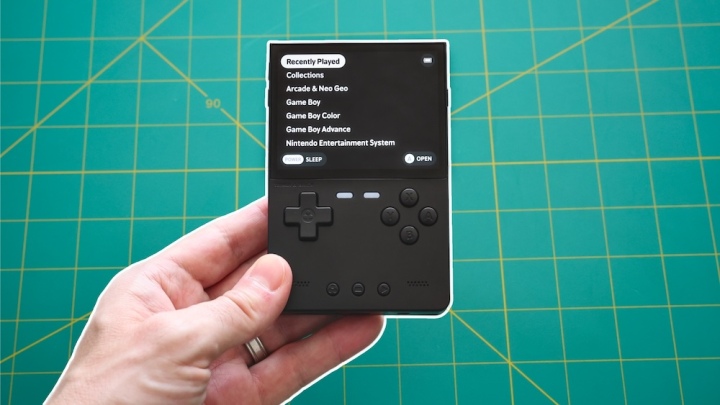
Last updated: 30JAN2025 (see Changelog for details)
I’ve really been enjoying the TrimUI Brick, and I spent a few days really fine-tuning its configuration to make it a simple, custom experience. This guide will show you all the steps I took and how you can set up something similar for yourself if you would like.
Note that in general, this guide can be used as a MinUI setup guide as well. MinUI is generally a very simple and intuitive experience, and I’m going to show you some special customizations you can try to really enhance and personalize your experience.
Continue reading “My Simple TrimUI Brick Setup (MinUI Guide)”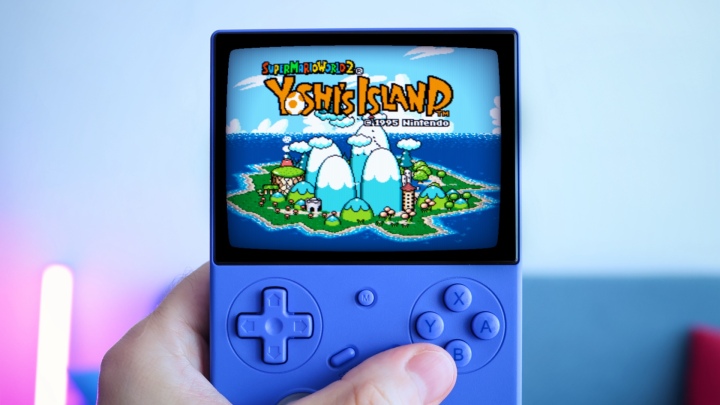
Last updated: 17NOV2024 (see Changelog for details)
In this guide we’re going to figure out how to use a combination of screen settings and effects – including shaders, filters, and overlays – to enhance the visual experience of retro handhelds. We’ll mostly focus on the most common screen aspect ratio (4:3) and resolution (640×480) found on handheld devices, but these fundamentals can be applied to a wide variety of screen types.
Note that even though this is a LONG guide, I would still consider it to be a STARTER GUIDE. The whole world of screen effects is both wide and deep, and there are enthusiasts who devote countless hours to designing and tweaking these images to perfection. This guide will walk you through the very basics and give you enough tools to improve your visual experience without earning a PhD in Pixelology.
The majority of this guide will rely on a basic understanding of how RetroArch works — how to enter the RetroArch Quick Menu, and the interplay between configuration files, overrides, and so on. If you need a refresher, I recommend my RetroArch Starter Guide.
Special thanks to community member and GBC game developer Ben Jelter (Jeltron) who helped me conceptualize and package this guide. Be sure to check out his website and some of his video games!
Continue reading “Guide: Shaders and Overlays on Retro Handhelds”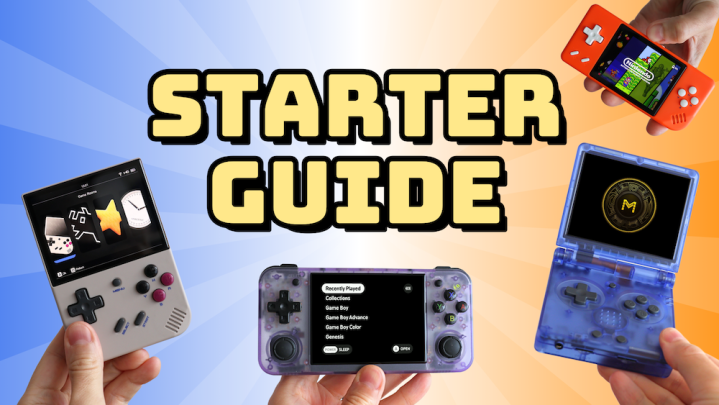
Last updated: 26OCT2024 (see Changelog for details)
Anbernic’s budget line of devices, using the Allwinner H700 CPU, are an excellent combination of affordability and performance. This guide will help you get started with this entire family of handheld emulation devices, which includes:
Anbernic RG35XX Plus
Anbernic RG35XX “2024”
Anbernic RG35XX H
Anbernic RG35XX SP
Anbernic RG28XX
Anbernic RG40XX H
Anbernic RG40XXV
Anbernic RG Cube XX
Note: if you’re looking for the original Anbernic RG35XX, that guide is right here.
Continue reading “Anbernic RG35XX Family Starter Guide”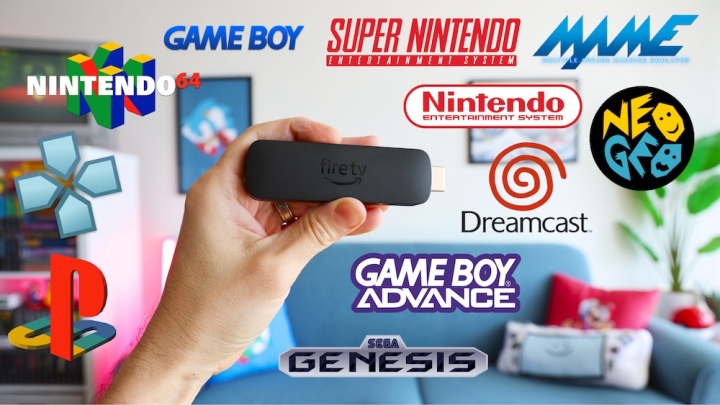
Last updated: 06MAR2024 (see Changelog for details)
The Amazon Fire Stick 4K Max is a great little streaming device, and for that use case alone it’s a pretty good deal. But did you know that it can play a surprising amount of retro games too, without any need to modify the device in any way? This guide will show you how to get up and running with your favorite retro systems with just a few tools.
Continue reading “Amazon Fire TV Stick Guide”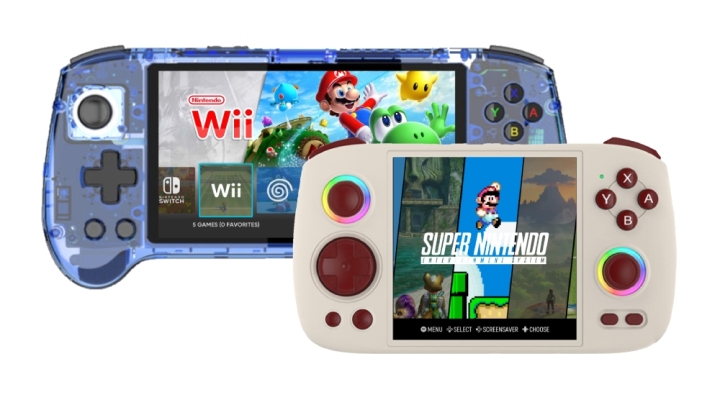
Last updated: 24JUN2024 (see Changelog for details)
The Anbernic RG556 and RG Cube handhelds are great in many ways: they are super comfortable, and can emulate up to PS2 and GameCube for the most part. However, getting it set up can be a little daunting if you’re unfamiliar with Android-based handhelds, so this guide will help you get up and running.
Anbernic RG556: AliExpress // Anbernic.com // GoGameGeek
Anbernic RG Cube: AliExpress // Anbernic.com // GoGameGeek
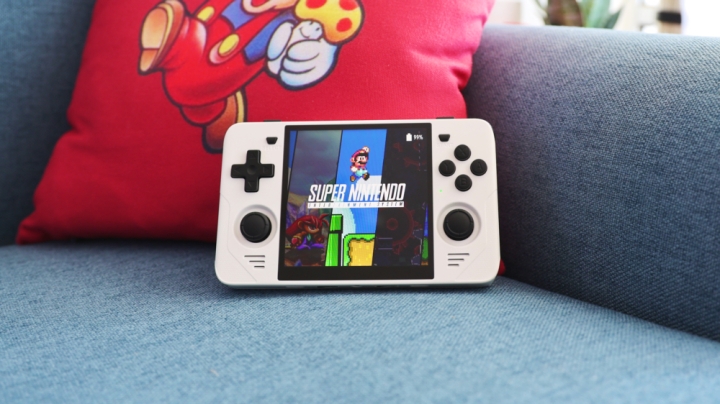
Last updated: 31MAR2024 (see Changelog for details)
The PowKiddy RGB30 has quickly become one of my favorite budget handhelds. It has a wonderful 720p screen with a 1:1 aspect ratio, which makes it perfectly suited for emulating a variety of retro systems. It’s also comfortable and affordable — only $90 retail with free shipping!
This guide will help you get set up with the device, from the very basics to some of my favorite advanced settings.
Buy one here:
PowKiddy website (use code “retrogamecorps” for 5% off your order)
AliExpress (frequently has sales/coupons)
Amazon (more expensive but faster shipping and easy returns)
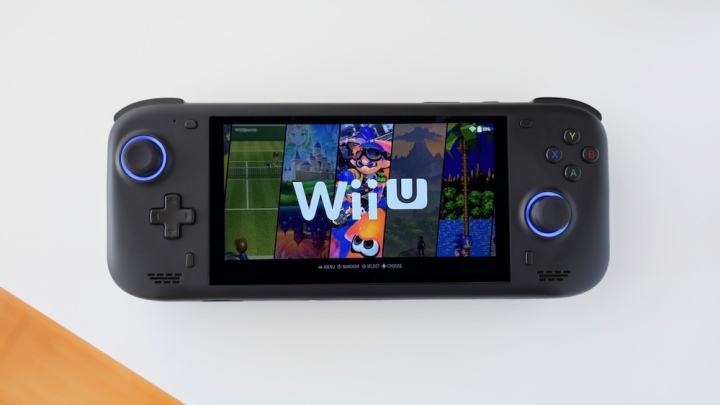
Last updated: 02OCT2023 (see Changelog for details)
JELOS (Just Enough Linux OS) is a custom operating system that is generally associated with lower-end hardware, but they also have an x86 (PC) build that works on any number of PCs, including handhelds. In this guide I’ll walk you through the steps of getting set up, and some of the nuances of this setup.
Our example device for this guide is the Loki Zero.
Continue reading “JELOS x86 (PC) Guide”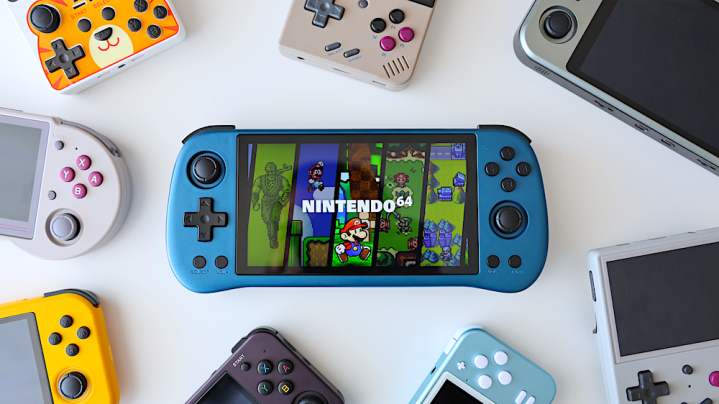
Last updated: 31MAR2024 (see Changelog for details)
The PowKiddy X55 is a surprisingly good handheld, at an affordable price. It features a beautiful 5.5″ 720p display, decent performance up through N64, Saturn, and Dreamcast, and has official custom Linux firmware that makes the device run like a dream. It’s in a magical category where it gets many things right and doesn’t have any dealbreakers.
This guide will help you get set up with the device, from the very basics to some of my favorite advanced settings.
Buy one here:
Official PowKiddy store (use code “retrogamecorps” for 5% off your order)
AliExpress listing
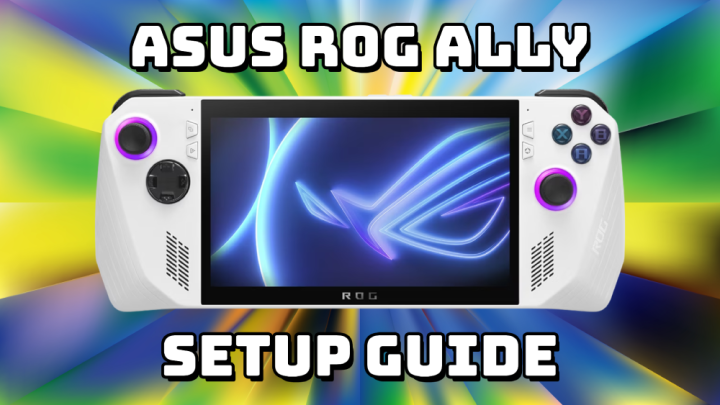
Last updated: 26OCT2023
Setting up the ASUS ROG Ally can be a little tricky, since it’s a Windows machine without a mouse and keyboard. In this guide I’ll show you nine tips and tricks to properly set up your new device.
Continue reading “ASUS ROG Ally Setup Guide”